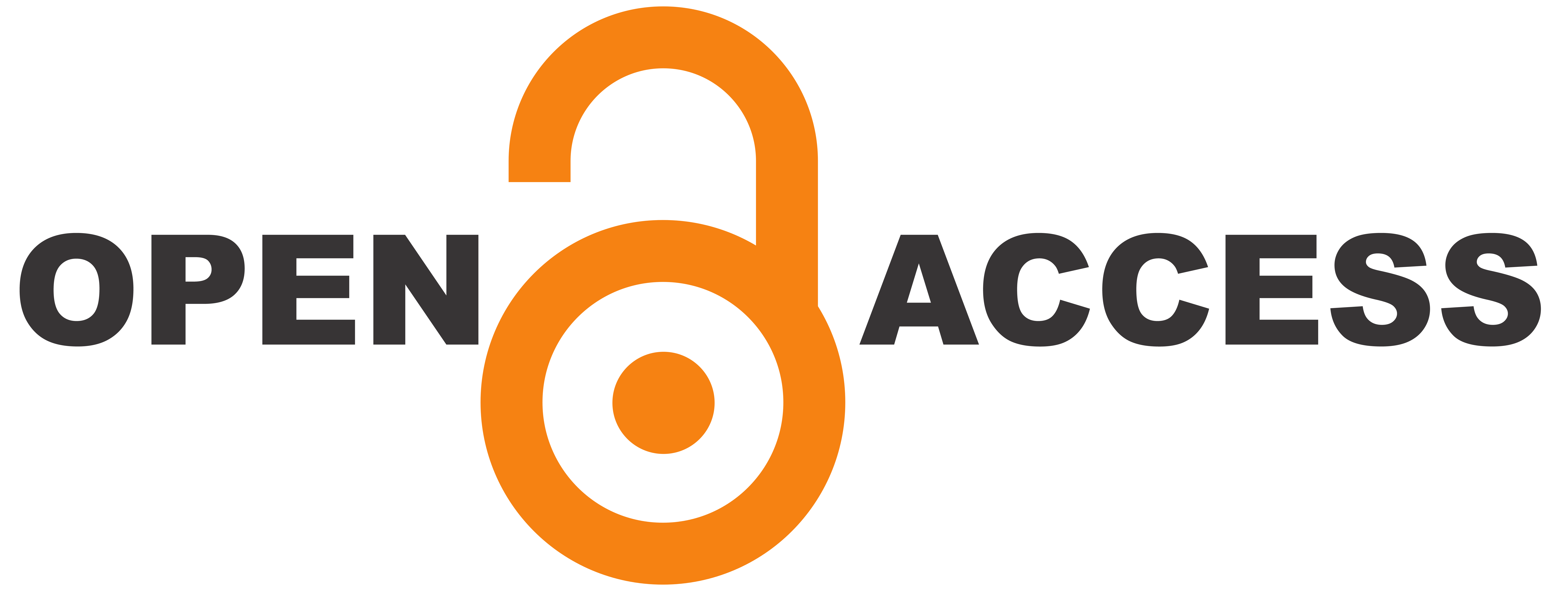Design and Development of Solar Insolation Simulator
Abstract
Keywords
Full Text:
PDFReferences
S. P. Sukhatme, Solar Energy, Principles of Thermal collection and Storage, 2nd ed., Tata McGraw-Hill Education, Delhi, 1996.
M. Boxwell, Solar Electricity Handbook, Greenstream Publishing, Kolkata, 2012.
S. Sharma, K. K. Jain and A. Sharma, “Solar Cells: In Research and Applications- A Review,” Materials Sciences and Applications, vol. 6, no. 12, pp. 1145-1155, 2015. doi: http://dx.doi.org/10.4236/msa.2015.612113
E. F. A. Al-Showany, “The Impact of the Environmental Condition on the Performance of the Photovoltaic Cell,” American Journal of Energy Engineering, vol. 4, no. 1, pp 1-7, 2016. doi: 10.11648/j.ajee.2016401.11
D. S. Rajput and K. Sundhakar, “Effect of Dust on the Performance of Solar PV Panel,” International Journal of ChemTech Research, vol. 5, no. 2, pp. 1083-1086, 2013. Available: sphinxsai.com/2013/conf/PDFS%20ICGSEE%202013/CT=77(1083-1086)ICGSEE.pdf
C. U. Ike, “The Effect of Temperature on the Performance of a PV Solar System in Eastern Nigeria,” International Journal of Engineering and Science, vol.3, no. 12, pp 10-14, 2013. Available: http://researchinventy.com/papers/v3i12/C0312010014.pdf
S. Dubey, J. N. Sarvaiya and B. Seshadri, “Temperature Dependent PV Efficiency and its Effect on PV Production in the World- A Review,” Energy Procedia, vol. 33, pp 311-321, 2013. Available: https://doi.org/10.1016/j.egypro.2013.05.072.
S. Kolsi, H. Samet and M. B. Amar, “Design Analysis of DC-DC Converters Connected to a Photovoltaic Generator and Controlled by MPPT for Optimal Energy Transfer throughout a Clear Day,” Journal of Power and Energy Engineering, vol. 2, no. 1, pp. 27-34, 2014. doi: 10.4236/jpee.2014.21004
C. Saravanan, M. A. Panneerselvam and I. W. Chirstopher, “A Novel Low Cost Automatic Solar Tracking System,” International Journal of Computer Applications, vol. 31, no. 9, pp. 0975-8887, October 2011. doi: 10.5120/3965-5325
Copyright (c) 2020 Arnaan Ronghangpi, Jyoti Mahanta, Joram Henjum

This work is licensed under a Creative Commons Attribution 4.0 International License.
Call for Paper for the upcoming issue
The journal welcomes publications of high-quality research papers, review papers, white papers, conference papers, etc. on theoretical developments and practical applications in the domain of Electrical and Electronics and its allied sciences.
Authors are solicited to contribute to the journal by submitting articles that illustrate original research works, short communications and review articles in the thrust areas of the journal as mentioned on the About page.
- The downloadable Template and the Online submission link are available on the PAPER SUBMISSION page.
ADBU Journal of Electrical and Electronics Engineering (AJEEE) - ISSN: 2582-0257 is an International peer-reviewed Open-Access Online journal in the English language that publishes scientific articles which contribute new novel experimentation and theoretical work in all areas of Electrical and Electronics Engineering and its applications. |
* The views, interpretations and opinions expressed in the articles are those of the author(s) and should not be considered to reflect the opinions of the Editorial Board of this journal- AJEEE.
 |




